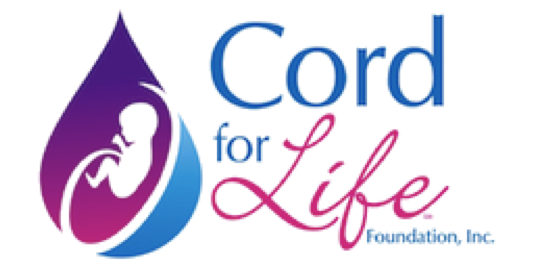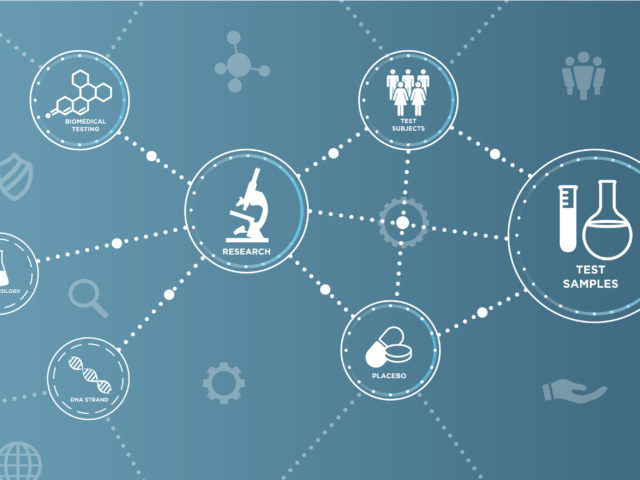Better than Bone Marrow
Thirty years ago, a bone marrow transplant was a patient’s best hope for recovery. But as cord blood processing and storage technology has advanced, things have changed.
According to the FDA and the Leukemia and Lymphoma Society, umbilical cord blood stem cells are now better than bone marrow. Stem cells from umbilical cord blood are now widely used in clinical research and are a leading source of stem cells for cellular therapy.
Stem cells from umbilical cord blood have some important benefits that important to consider when thinking about private cord blood banking for your growing family for several reasons:
There When You Need It
Your child’s privately banked cord blood is ready to use immediately, whereas it can take several months to find a matching bone marrow donor. A potentially lifesaving treatment is one phone call away. At Cord For Life, we have released over 2,200 units for treatments, clinical trials, and research. Our team has seen the power of stem cells and believes in their future potential.
Safer Transplants
In addition, treating your child with their own stem cells, rather than an unrelated bone marrow donor’s, reduces the risk of transmitting blood-borne diseases. There is also evidence that cord blood stem cells may not require as exact of a match as bone marrow stem cells.
Using stem cells from umbilical cord blood lowers the risk for Graft-Versus-Host Disease, a serious and sometimes fatal complication where the donor’s immune cells attack the patient’s healthy tissue. Since the antigens in cord blood are less mature, they are less likely to see the patient’s cells as foreign and attack them.
Check out the table below for a helpful guide to the differences to consider when comparing private cord blood banking to relying on finding a suitable bone marrow donor.
LATEST ARTICLES
So much research is going on with stem cells from cord blood as scientists work to unlock the secrets of stem cells. Much of the research centers on the anti-inflammatory properties of stem cells from umbilical cord blood. Medical research into stem cells is ongoing, offering the potential to treat diseases or injuries that have […]
Stem cells perform three important functions: 1. They renew themselves; 2. Differentiate into other cells; and 3. Renew other cells. Hematopoietic stem cells (HSCs) can restore the immune system following chemotherapy or radiation for leukemia, lymphoma, and other life-threatening diseases. Historically, HSCs have only been available from bone marrow and peripheral blood transplants. As cord […]
In addition to potentially life-saving stem cells, your newborn’s umbilical cord blood also contains their DNA. Storing your child’s cord blood ensures that their baseline genetic information will be available if ever needed. What Can Genes Tell Us? The sum total of all the information coded into your child’s individual genes is their genome. Simply […]
Donate Cord Blood
By donating your newborn’s cord blood, you are joining a nationwide effort to create a genetically diverse inventory of stem cells for transplant to a child.




